Doctors, teachers, NASA astronauts, mathematicians, scientists among USA TODAY list of influential women
Activists typically wear many hats. Long before she was a Black Panther and on the FBI’s most wanted list, Angela Davis played another role: Educator. And it’s what she continues to do – educate others on racial injustice and prison reform. In Michigan, Dr. Mona Hanna-Attisha continues to educate people, too, mostly about the harm the Flint Water Crisis has caused children.
To commemorate the 100th anniversary of the 19th Amendment, which granted women the right to vote, USA TODAY, working with a panel of experts, assembled a list of 100 Women of the Century, recognizing those who have made significant impacts on their communities and country. The women below represent our selections in Science, Medicine and Education.
Virginia Apgar
Physician
(1909-1974)
Virginia Apgar was determined to become a doctor after graduating from high school. She attended Columbia University to be a surgeon, later returning as director of anesthesia and as an attending anesthetist. She was the first woman to be named full professor at Columbia University College of Physicians and Surgeons. She is best known for designing and introducing the first standardized method, called the Apgar score, which evaluates a newborn’s transition to life outside the womb in 1952.
Jessie “Little Doe” Baird
Linguist
(1963- )
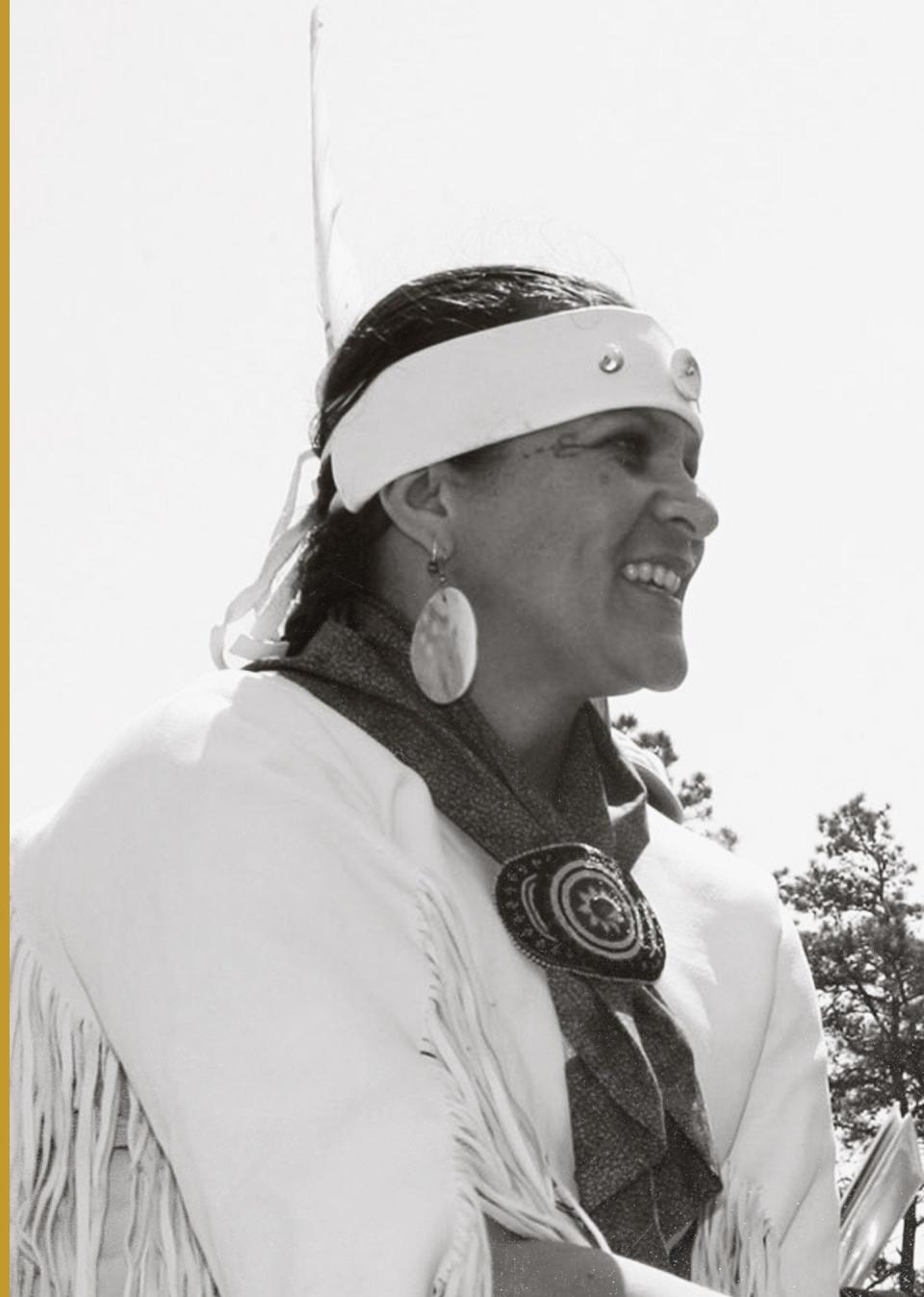
Jessie “Little Doe” Baird is an indigenous language preservationist who reclaimed the Wampanoag language, which went silent by the middle of the 19th century but was preserved in written records. The linguist and graduate of the Massachusetts Institute of Technology founded the Wôpanâak Language Reclamation Project in 1993 to bring the language back to life. Baird’s work has been used in schools for children and adults. She received the MacArthur Fellowship in 2010. She is vice chairwoman of the Mashpee Wampanoag Indian Tribal Council.
Q&A: The language had gone quiet. Remarkably, she brought it back, saving far more than just words
Rachel Carson
Marine biologist
(1907-1964)
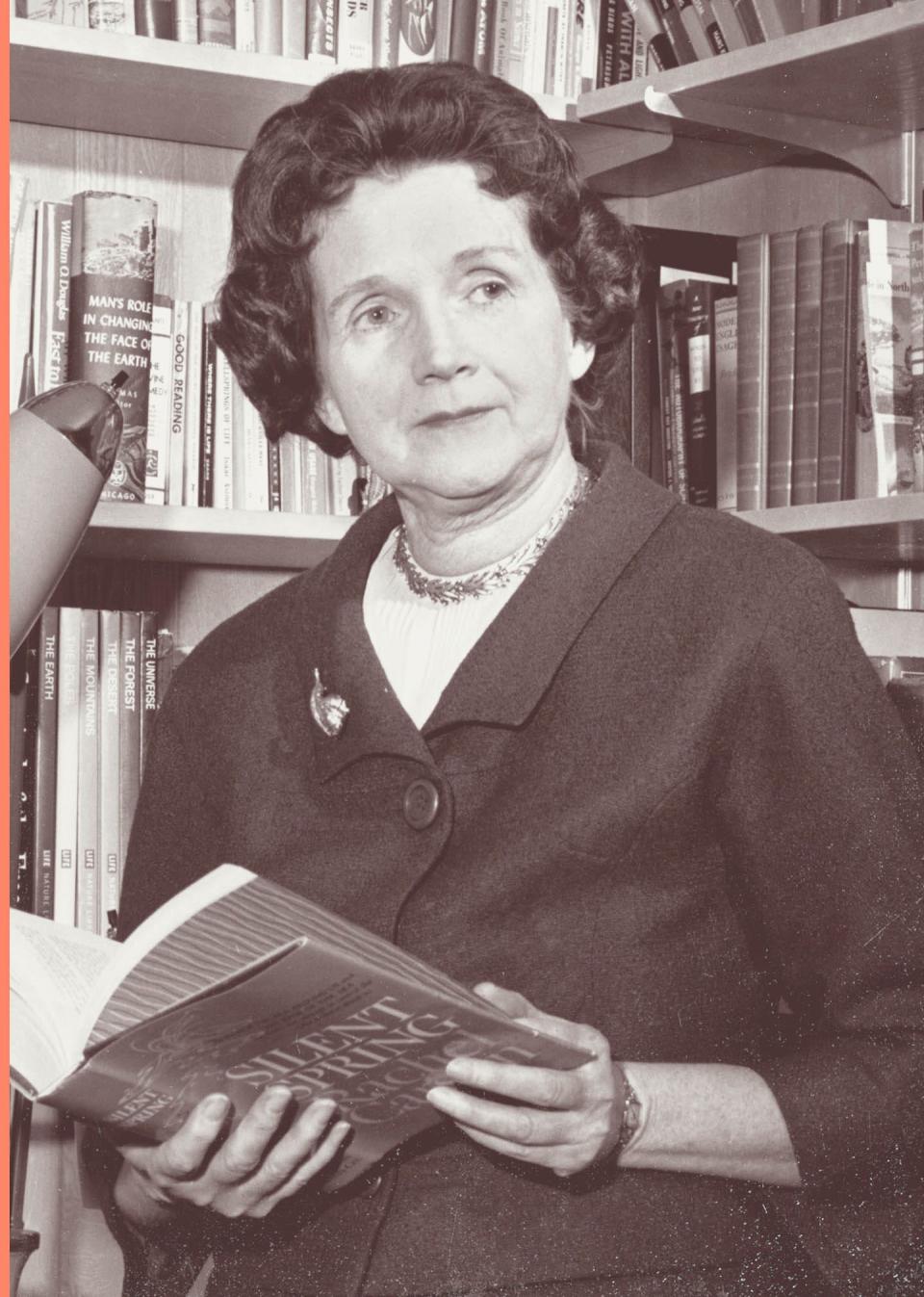
Rachel Carson shined a light on the effects of harmful pesticides to the ecosystem in her 1962 book “Silent Spring.” She testified before a congressional committee, which led to a nationwide ban on the insecticide DDT and the creation of the Environmental Protection Agency. Before that, Carson worked for the U.S. Bureau of Fisheries, becoming only the second woman hired by the agency. She was posthumously awarded the Presidential Medal of Freedom in 1980.
Anna Julia Cooper
Education activist
(1858-1964)
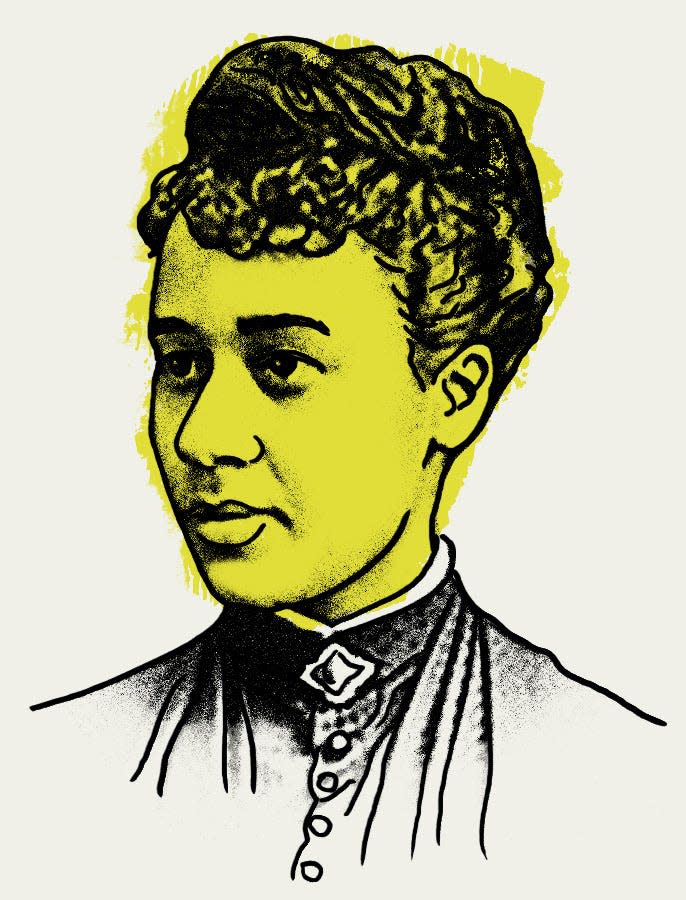
Born into slavery, Anna Julia Cooper was a writer, teacher and activist who advocated for African American women’s education. After graduating from Oberlin College in 1887 with her bachelor’s and master’s degrees, Cooper taught at historically Black colleges. Her book, “A Voice From the South by a Black Woman of the South,” calls for equal education for women, and she lectured nationally on the status of Black women. In 1924, Cooper went to the University of Paris, earning her doctorate of philosophy.
Angela Davis
Educator and racial justice activist
(1944- )
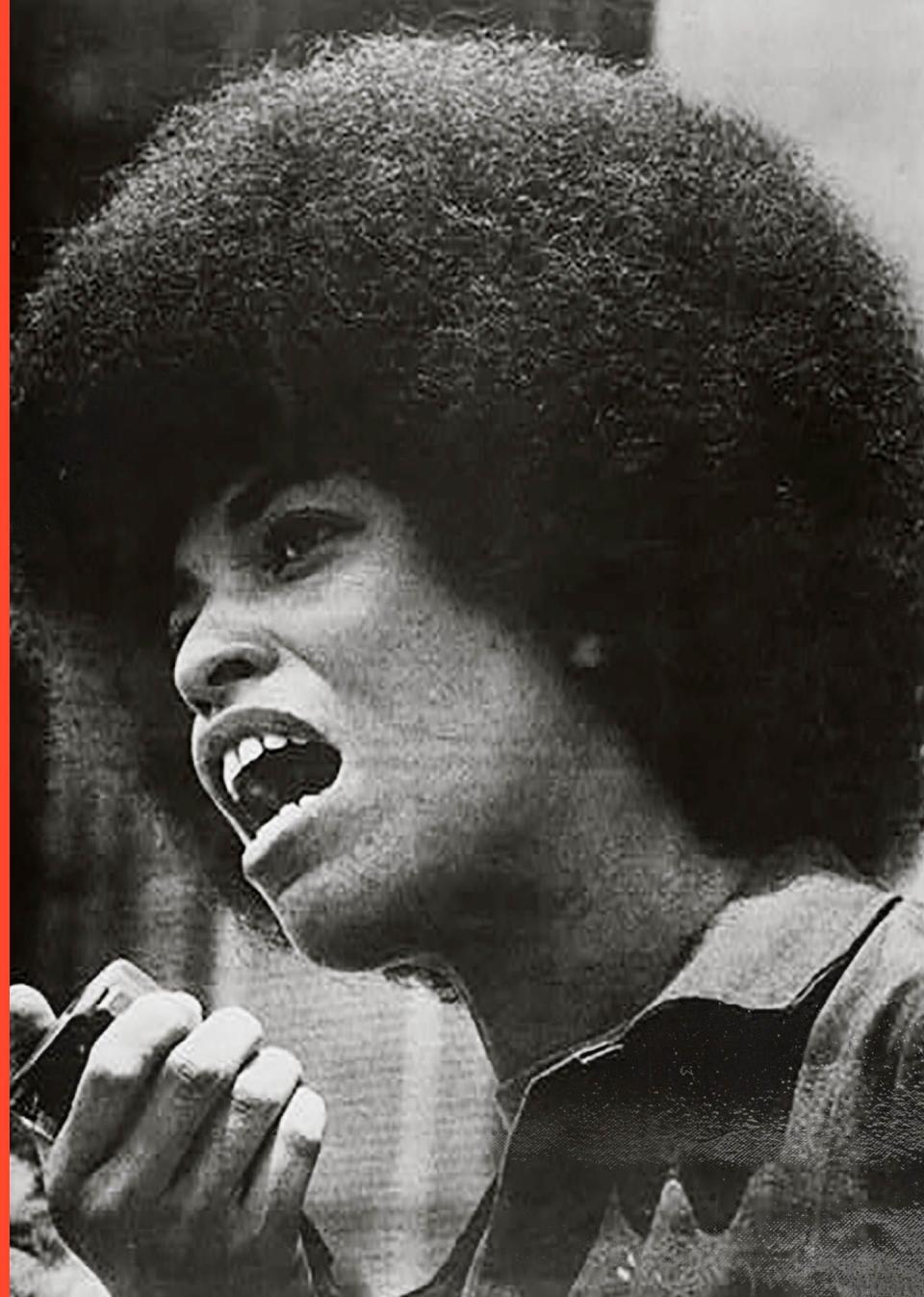
A radical political activist and educator, Angela Davis is a former Black Panther who at one point was on the FBI’s most wanted list and spent almost 18 months in prison on conspiracy charges. (She was acquitted of all charges by an all-white jury in 1972.) Davis, who grew up in a Birmingham, Alabama, neighborhood known as “Dynamite Hill” because of the bombing of African American homes by the Ku Klux Klan, has spent most her life advocating for and writing about racial justice, gender equity and prison reform.
Mona Hanna-Attisha
Whistleblower
(1976- )
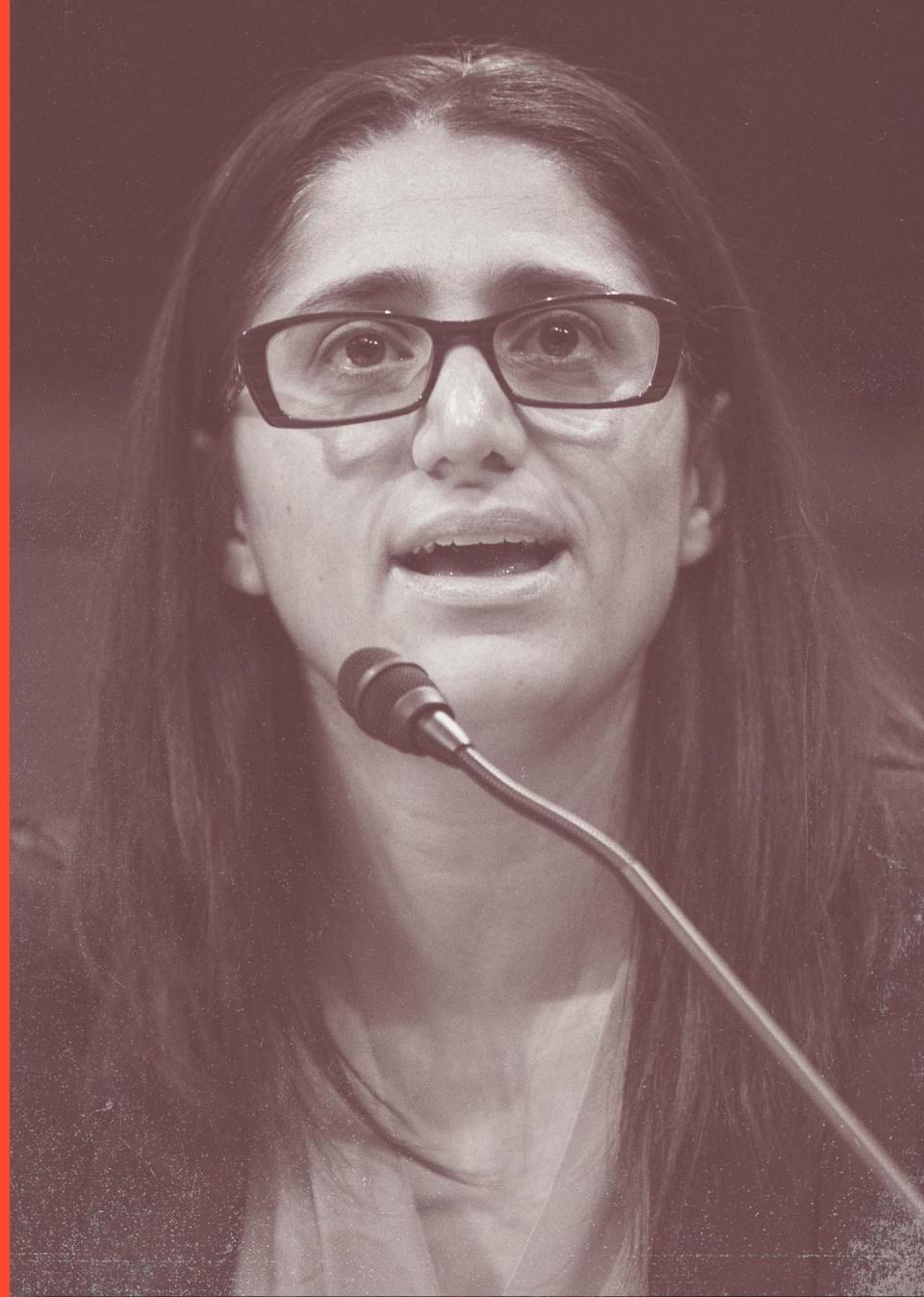
Dr. Mona Hanna-Attisha is a pediatrician, scientist and activist who proved in 2015 that the drinking water in Flint, Michigan, was tainted with lead. The tasteless, colorless and odorless neurotoxin causes irreversible damage, but it’s especially toxic in children. She confronted public officials and exposed the public health disaster that was the Flint Water Crisis. She was named one of Time magazine’s 100 Most Influential People of the World and is the author of “What the Eyes Don’t See,” a book that details how the crisis unfolded.
“Hidden Figures”
Mary Jackson (1921-2005), Katherine Coleman Johnson (1918-2020),
Dorothy Vaughan (1910-2008)
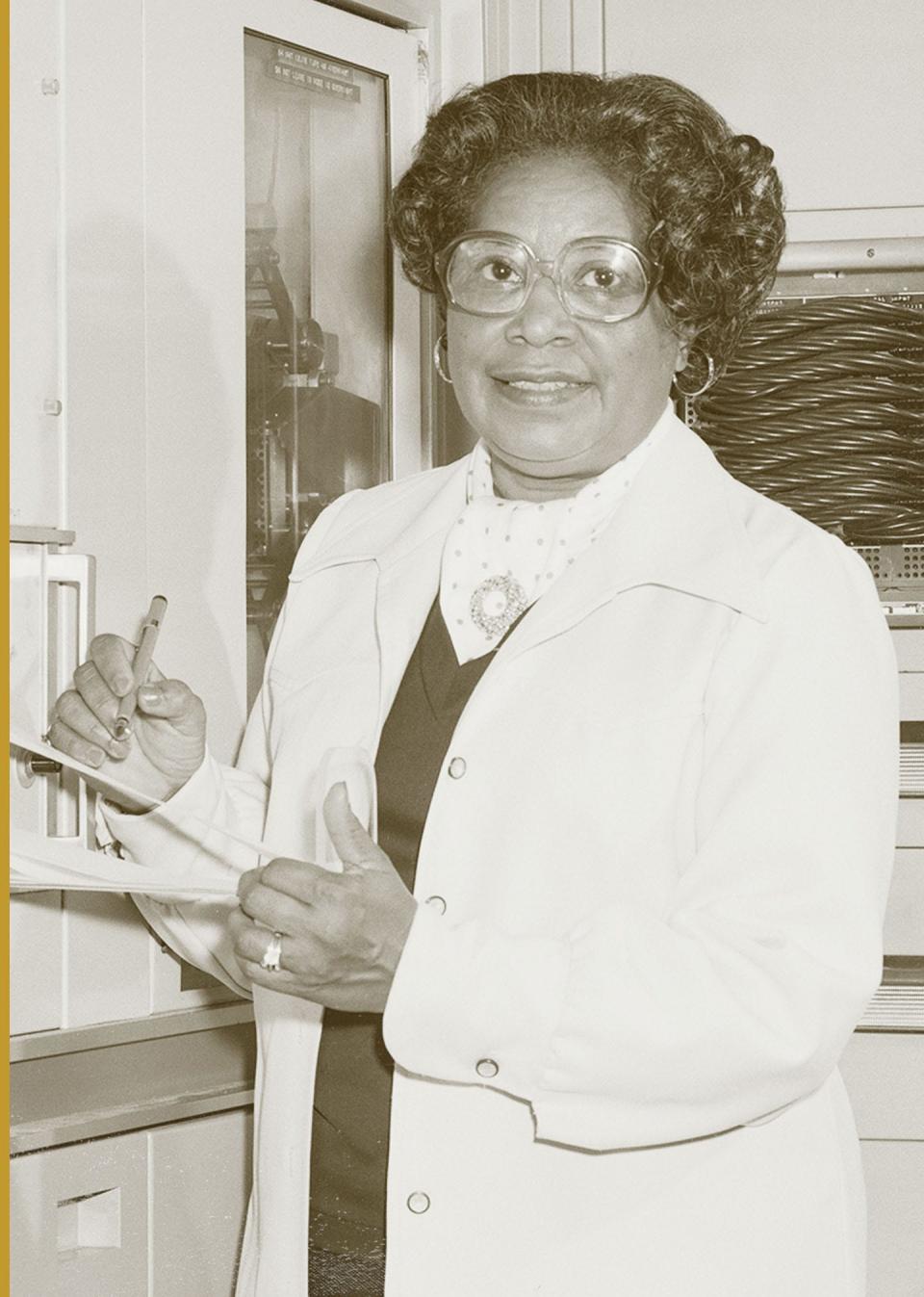
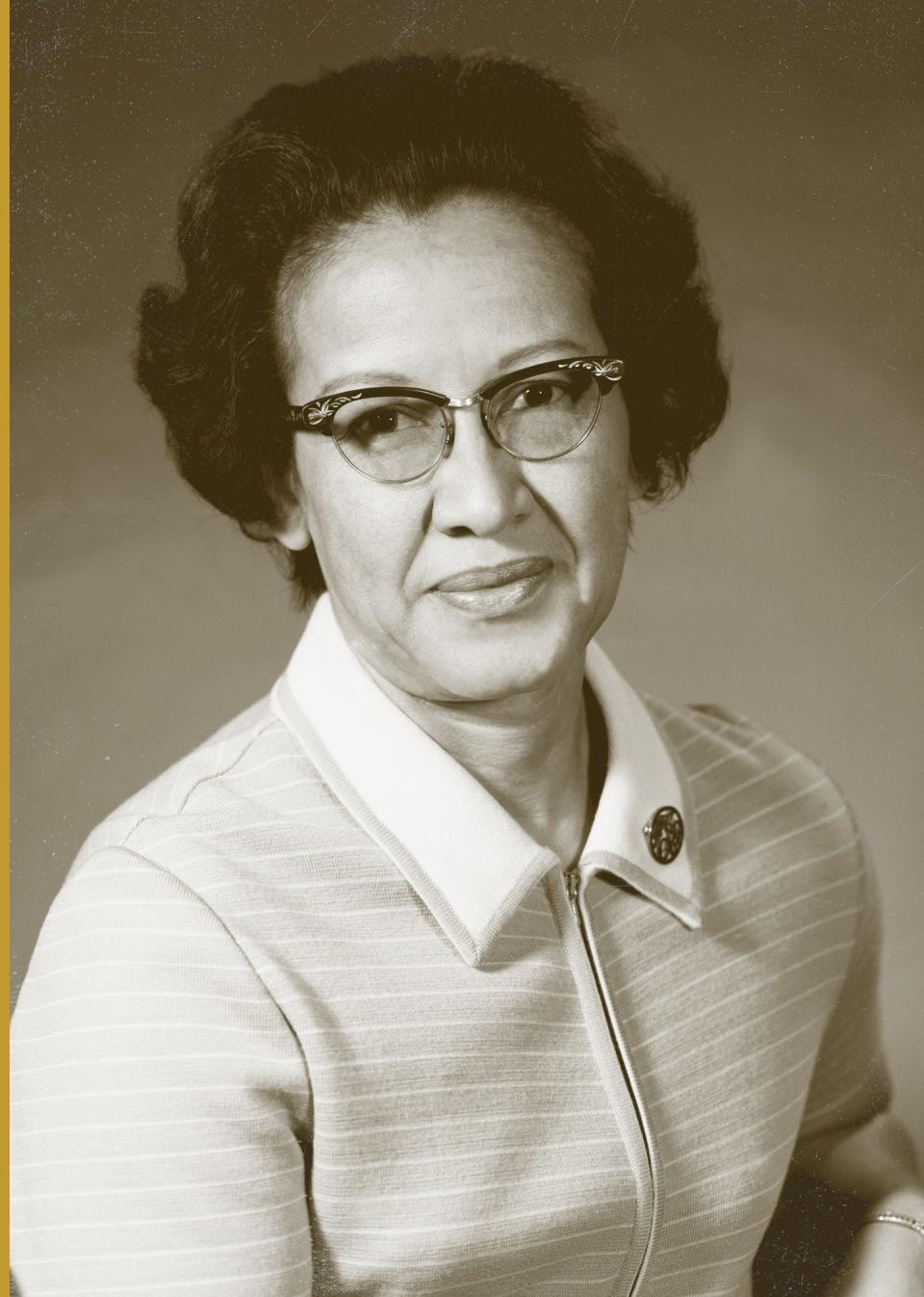
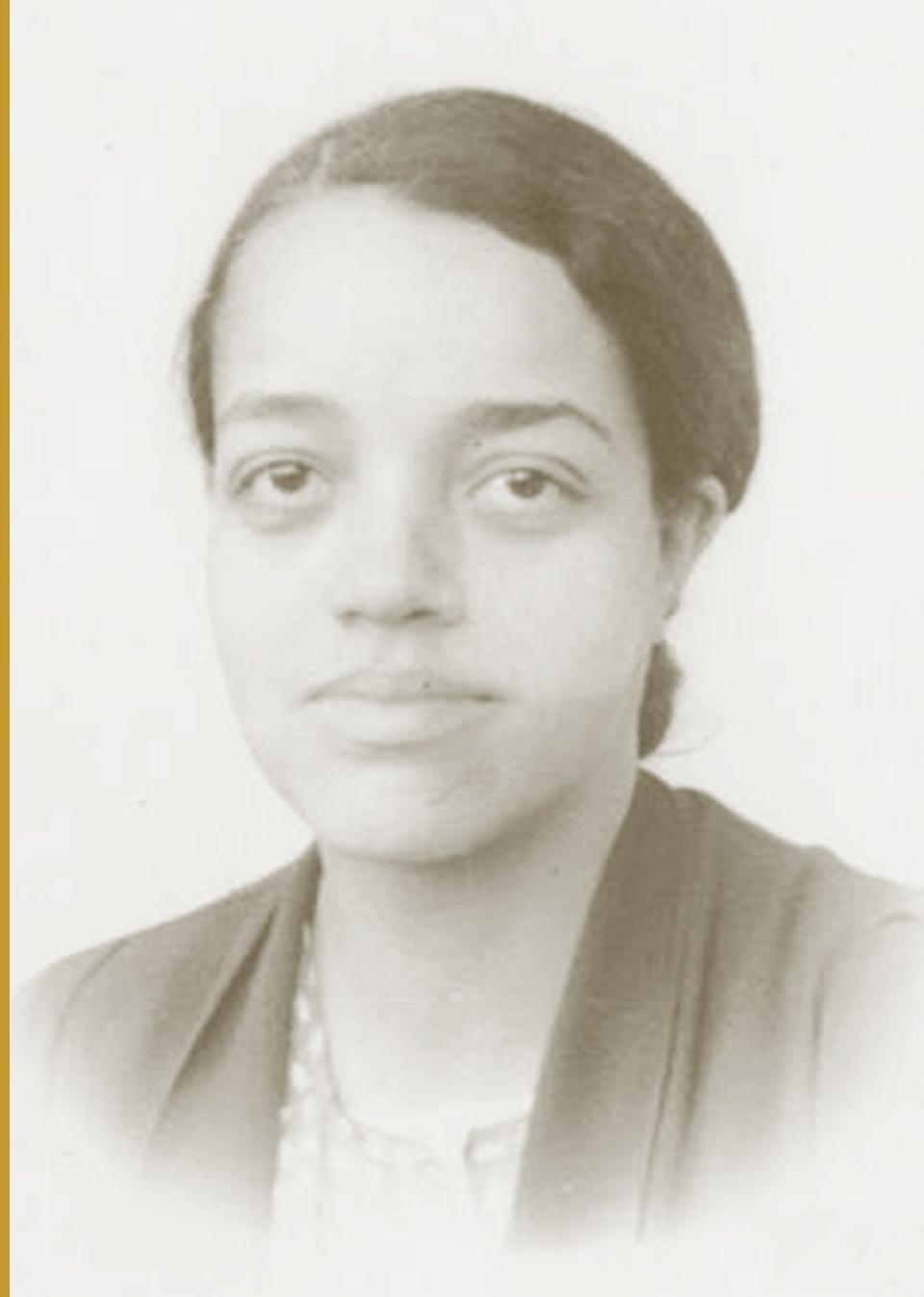
Known collectively as NASA’s “Hidden Figures,” these three Black women were members of NASA’s segregated mathematical work unit at what is now the Langley Research Center. Long before computer machines, “computers” were people who performed critical calculations; these women were instrumental in the launch of astronaut John Glenn into orbit. In 2015, at the age of 97, Katherine Johnson was awarded the Presidential Medal of Freedom, and in 2020, NASA announced its headquarters in Washington, D.C., would be named after Mary Jackson.
Grace Murray Hopper
Computer programmer
(1906-1992)
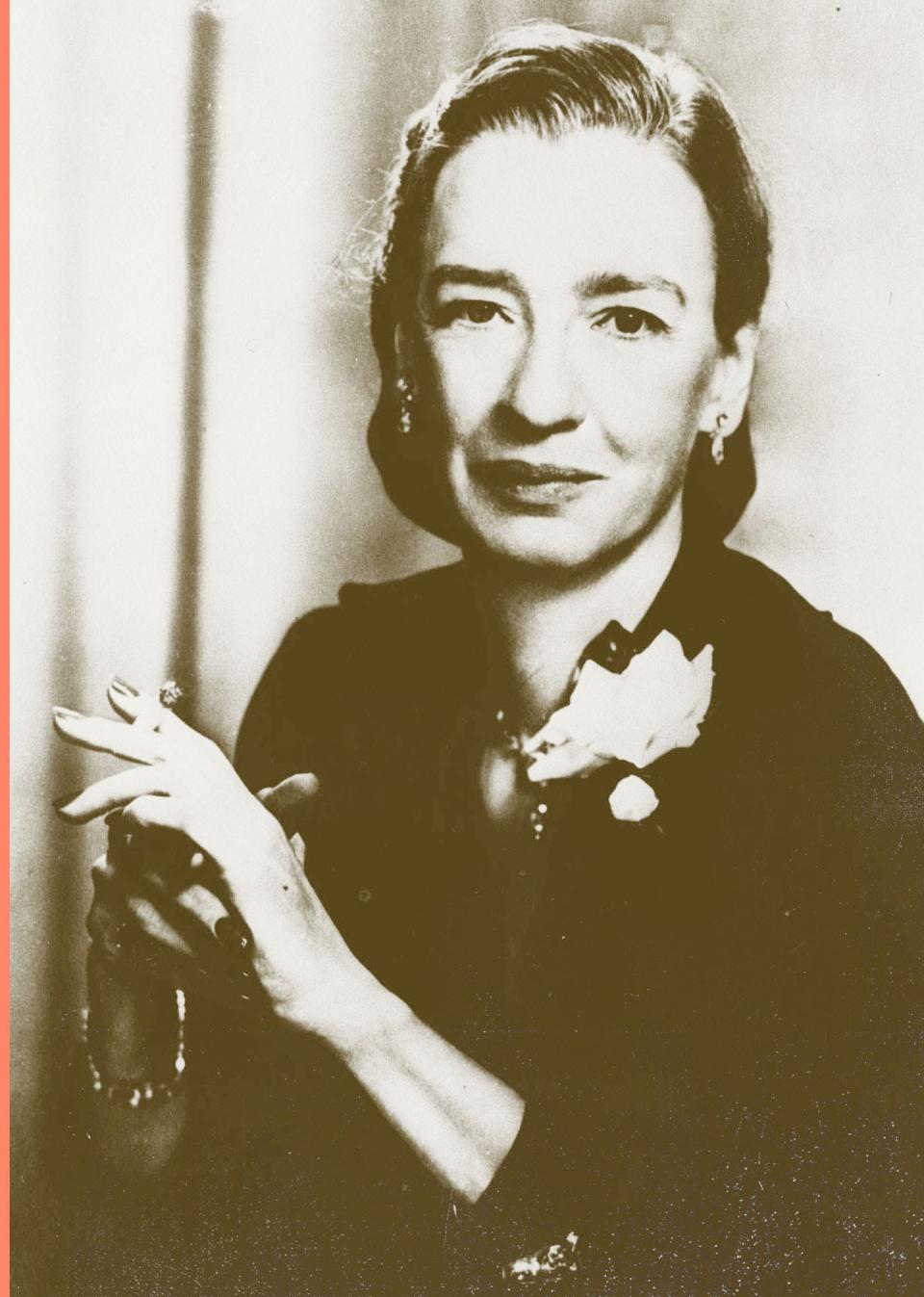
A computer programmer and naval officer, Grace Murray Hopper invented the first computer compiler, software that translates human languages into machine languages. This simplified technology ultimately led to public use of computers. She retired from the U.S. Armed Forces at 79, the oldest serving officer in the agency. Hopper received several awards, including the National Medal of Technology, the country’s highest technology award, and was posthumously awarded the Presidential Medal of Freedom in 2016.
Wendy Kopp
CEO of Teach for America
(1967- )
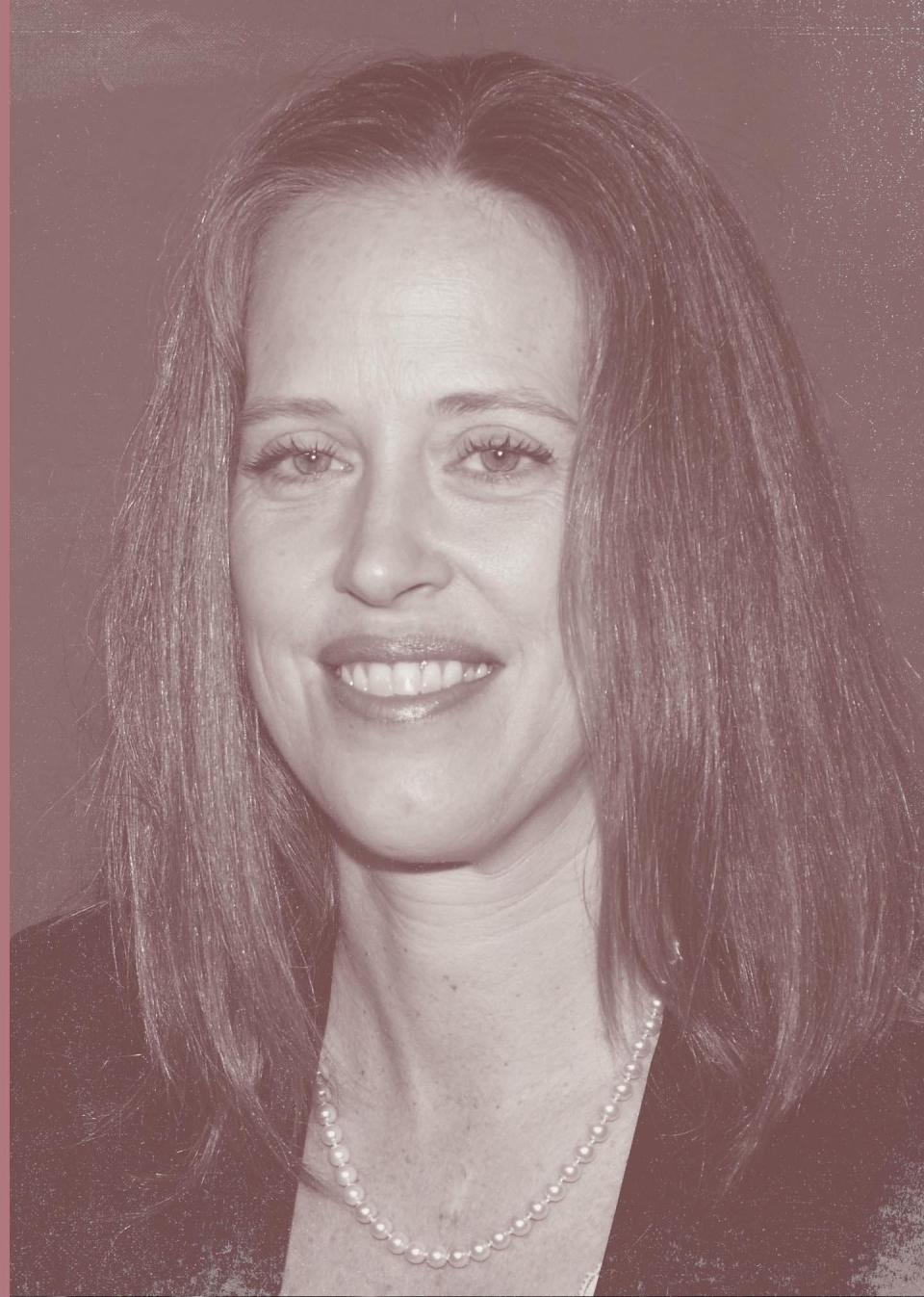
The idea for Teach for America was born from Wendy Kopp’s senior thesis at Princeton University. There, she met students from diverse backgrounds, learning the challenges disadvantaged communities face. After briefly working on Wall Street, Kopp pursued her passion to create a Peace Corps-inspired organization to recruit graduates to teach in underserved communities. Teach for America became a success, with Kopp then creating a global version called Teach for All. She has been given honorary doctorates from Princeton, Smith College, Georgetown, Boston University and Harvard.
Antonia C. Novello
Former surgeon general
(1944- )
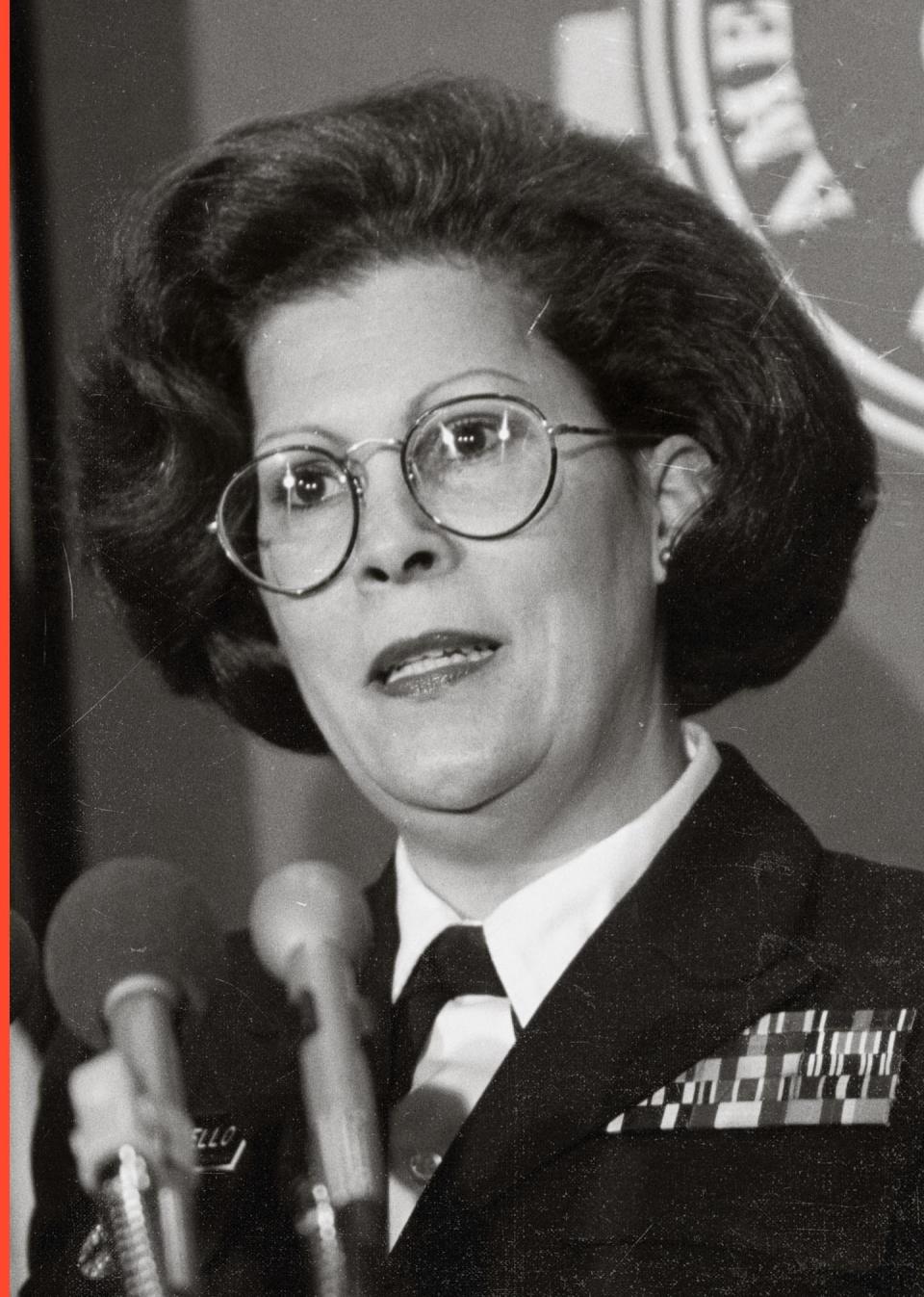
Born in Puerto Rico, Antonia C. Novello in 1990 became the first woman, and first Hispanic, to serve as U.S. surgeon general. She decided to become a doctor after suffering from a medical condition that could be cured only with surgery. Novello’s work primarily focused on AIDS among women and adolescents. She attended the University of Puerto Rico, the University of Michigan, Georgetown University and Johns Hopkins School of Hygiene and Public Health.
Ellen Ochoa
Astronaut
(1958- )
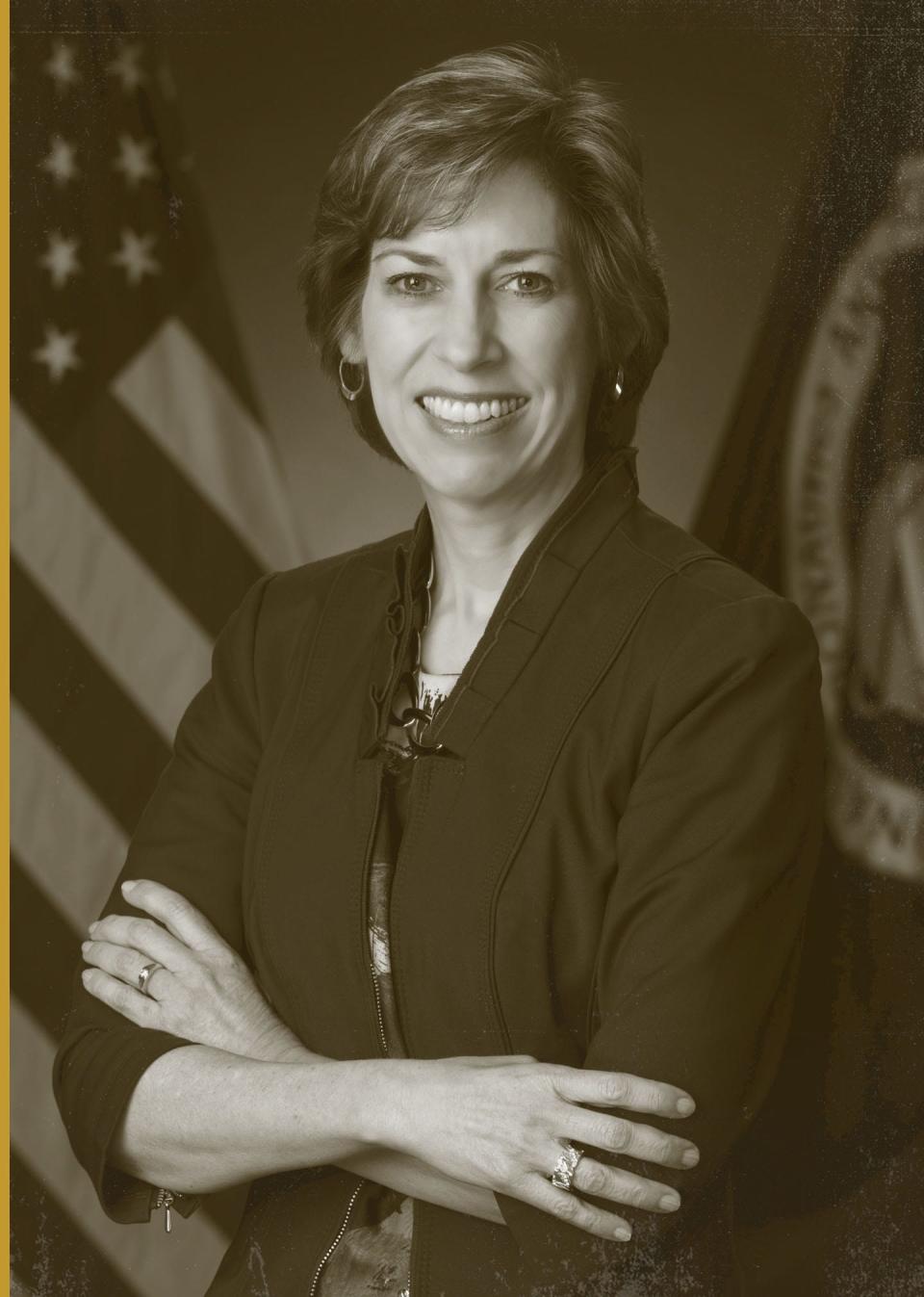
A Los Angeles native, Ellen Ochoa became the world’s first Hispanic female astronaut in 1990. Two years later, she became the first Latina to travel to space. She was the first Hispanic and just the second woman to be named director of the Johnson Space Center. NASA awarded Ochoa the Distinguished Service Medal, the agency’s highest award. Six schools have been named after her. Ochoa is a fellow of the American Association for the Advancement of Science and the American Institute of Aeronautics and Astronautics.
Sally Ride
Astronaut
(1951-2012)

Sally Ride, a Stanford University-trained physicist, became the first American woman in space in 1983 and the youngest U.S. astronaut as a crew member of the space shuttle Challenger. Later, she served on the committee that investigated the 1986 Challenger disaster. Ride went on to become the director of the California Space Institute at the University of California-San Diego and worked there as a physics professor. In 2001, she started a company that aims to inspire girls and women to pursue careers in STEM (science, technology, engineering and mathematics) fields.
Sources used in the Women of the Century list project include newspaper articles, state archives, historical websites, encyclopedias and other resources. Illustration: Andrea Brunty.
Who is your Woman of the Century? Let us know
More coverage
Women of the Century: They didn’t succeed despite adversity, but often because of it
50 states: Learn about notable women from every state
Who is your Woman of the Century?: Let us know
Recognizing women past and present: See all of our coverage
More in this series
This article originally appeared on USA TODAY: Women of Century USA TODAY 100: Science, Medicine and Education list

